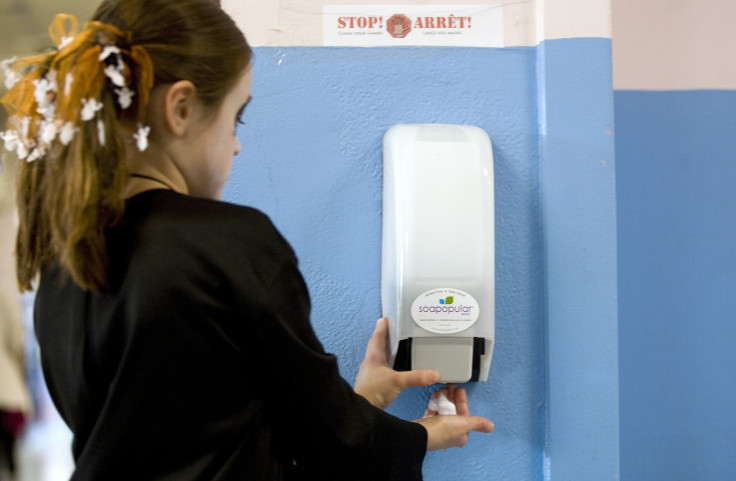Can Hand Sanitizer Get You Drunk Or High? Drinking Gel Can Be Fatal For Kids, CDC Says

A new study last week discovered thousands of American children— ages 12 and under— were getting severely sick from ingesting hand sanitizer, the Centers for Disease Control and Prevention reported.
Many gels contain up to 60 to 95 percent ethanol, which is found in alcoholic beverages and isopropyl, better known as rubbing alcohol. Ethanol in hand sanitizer is combined with perfumes, which makes it more appealing to children.
The CDC reported from 2011 to 2014, more than 70,000 children under 12 were exposed to the gel. This included ingesting, inhaling and getting hand sanitizer in their eyes. Over 800 cases of sanitizer poisoning were intentional. This mainly pertained to the older kids, as they would often drink the gel to get drunk.
As a result, the CDC, who collected their data from the National Poison Data System, suggested there be increased adult supervision when children are using the product at school. Also, they recommended that hand sanitizer should be kept out of reach for young children.
"Increased parental or teacher supervision might be needed while using [alcohol-based] hand sanitizer products, especially for older children who might be abusing these products during the school year," the researchers wrote.
The side effects of hand sanitizer abuse range from abdominal pain, vomiting, drowsiness, seizures, eye infection (if caught in the eye), alcohol poisoning and/or organ damage. There were five reports of comas.
The rate of children abusing hand sanitizer has been increasing since 2005. However, they saw a decrease in hand sanitizers incidents during the summer months. The researchers concluded that the children might have more access to the gel during the school year or flu season.
© Copyright IBTimes 2024. All rights reserved.












